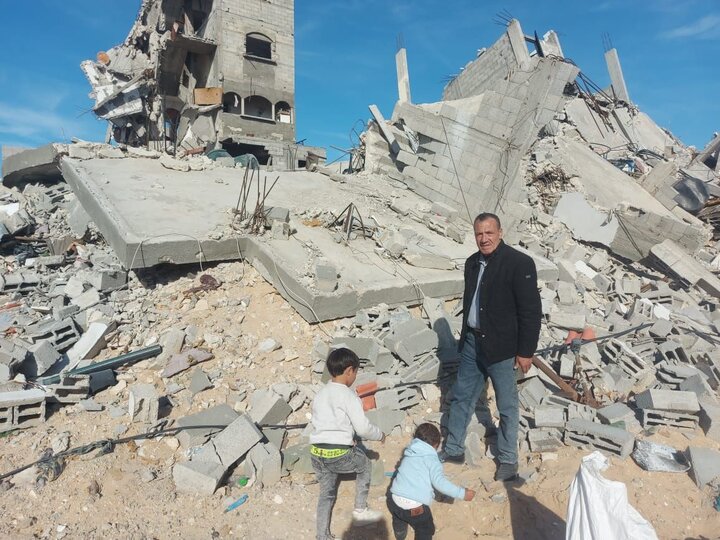-
 2025-12-27 21:42
2025-12-27 21:42
By Mona Hojat Ansari
‘We're now stronger than the 12-day war’
President rolls out plans for economic management, makes no mention of potential US talks
TEHRAN – Iranian President Masoud Pezeshkian did not appear particularly fixated on the prospects of a new deal with the U.S. when he sat down with Khamenei.ir, a website overseen by the Leader's office, and discussed two issues most pressing for the Iranian people: whether Tehran can fend off a second potential war with Israel, and what can be done to control runaway inflation, which has worsened in the backwash of the war Israel and the U.S. launched against Iran in June.
-
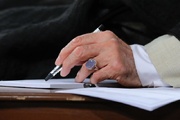
Ayatollah Khamenei credits Iranian youth with resisting US pressure in region
TEHRAN – Leader of the Islamic Revolution Ayatollah Seyyed Ali Khamenei has credited Iran’s young people with defeating a major U.S.-led assault in the region, saying their initiative, bravery, and willingness to sacrifice played a decisive role.
-
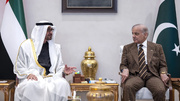
By Somaye Morovati
Strategic significance of Bin Zayed’s visit to Pakistan
TEHRAN - The official visit of Sheikh Mohamed bin Zayed to the Islamic Republic of Pakistan on December 26, 2025, may at first glance be interpreted as a ceremonial bilateral engagement between two countries bound by longstanding and “brotherly” relations.
-

By Shahrokh Saei
Israel’s recognition of Somaliland: Power play or Gaza expulsion plot?
TEHRAN – Israel’s recognition of Somalia’s breakaway region of Somaliland has triggered fierce backlash across Africa, the Arab world, and beyond. At the same time, the move has brought Israel’s underlying motives into sharper focus, raising questions about regional security, international law, and the fate of Palestinians in Gaza.
-
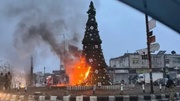
By Sondoss Al Asaad
Gradual erosion of Christian presence in post-war Syria
BEIRUT—In the aftermath of Syria’s prolonged conflict, the question facing the country’s Christian communities is no longer one of political alignment, but of survival itself.
-
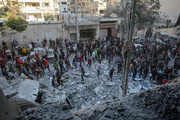
By Sasa Milivojev
Gaza genocide and collapse of human conscience
Shame on silence, cowardice and betrayal of humanity
History will record this moment not as a triumph of civilization, but as its absolute moral collapse. In Gaza, more than 70,000 innocent human beings—the overwhelming majority women, mothers, pregnant women, and children—have been systematically annihilated. Their crime? Being born Palestinian. Their punishment? Death under rubble, starvation, and fire. And the world, with all its institutions, governments, and self-proclaimed guardians of humanity, stood by in silence.
Politics
-

‘Regulation for us, freedom for thee’
Even as a new wave of restrictive regulations on children’s digital access sweeps across Europe and the United States, these very governments—employing a completely different media policy—have simultaneously opened a vast arena of unrestricted social media and satellite broadcasting towards Iran. This meaningful contradiction raises serious questions about soft warfare and cultural engineering.
-
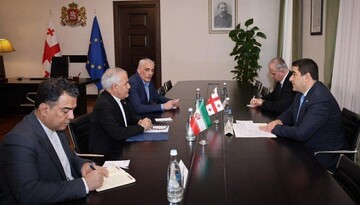
As envoy changes, Iran and Georgia seek to strengthen ancient bonds
TEHRAN – Iranian Ambassador to Georgia Mahmoud Adib stated that Tehran's policy in the Caucasus aims to maintain peace and respect the territorial integrity of countries in the region. He made these comments during a meeting with Georgia's Parliament Speaker Shalva Papuashvili as his mission to Georgia concluded.
-

Israel ‘blatantly violating’ Somalia’s sovereignty and territorial integrity: Iran
TEHRAN – Iran’s Foreign Ministry spokesperson, Esmaeil Baqaei, has condemned Israel’s “blatant” violation of Somalia’s sovereignty and territorial integrity, accusing the Israeli regime of seeking to advance a plan aimed at dividing the East African country.
Sports
-

Bronze 'greater than gold' for Team Melli: FIBA
TEHRAN – For Iran national basketball team wining a bronze medal was 'greater than gold' in the FIBA Asia Cup 2025.
-

Sepahan’s late win over Chadormalou sends them top of PGPL
TEHRAN – Enzo Crivelli’s dramatic 95th-minute goal lifted Sepahan to the top of the 2025/26 Iran Persian Gulf Professional League (PGPL) table on Saturday.
-

Karim Bagheri proud to be a member of Persepolis
TEHRAN – Iran’s legendary midfielder Karim Bagheri says Persepolis are the only club he has ever truly loved in Iranian football.
Culture
-

Book on survivors’ accounts of 2015 massacre of Shiites in Nigeria available in Persian
TEHRAN – The Persian translation of the book “December 2015 Massacre of Shiites in Nigeria: Survivors' Accounts” written by Ibrahim Musa has been released in Iran.
-
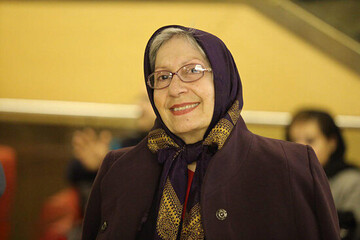
Renowned actress Shirin Yazdanbakhsh passes away at 76
TEHRAN- Renowned film actress and theater enthusiast Shirin Yazdanbakhsh passed away in a Tehran hospital on Thursday, due to complications from a brain stroke she had suffered several months prior. She was 76.
-
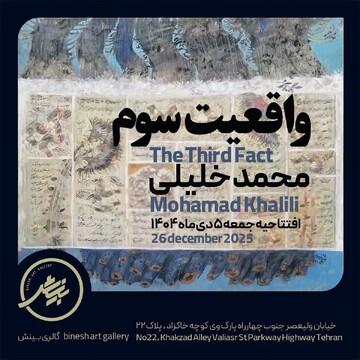
What’s in Tehran art galleries
A collection of paintings by Mohammad Khalili is currently on display in an exhibit at Binesh Gallery. Named “The Third Fact”, the exhibition runs until January 3, 2026 at the gallery located at 22 Khakzad Alley, Vali-e Asr Ave.
Economy
-
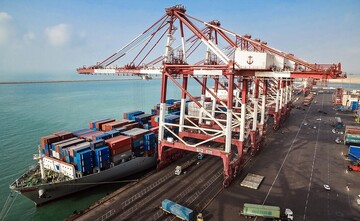
PMO signs $400m deals with private sector, minister says
TEHRAN – Iran’s Ports and Maritime Organization (PMO) has signed new contracts and memoranda of understanding with the private sector worth more than 200 trillion rials ($400 million), the minister of Transport and Urban Development said.
-
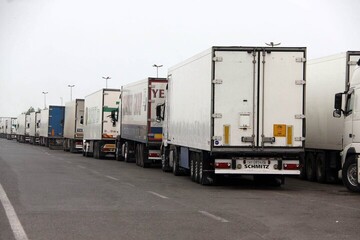
Iran, Azerbaijan agree to boost truck traffic at Astara border
TEHRAN – Iran and Azerbaijan have agreed to increase daily truck movements at the Astara border crossing to between 350 and 400 vehicles, aiming to ease congestion and facilitate exports and transit flows, Iranian officials said.
-
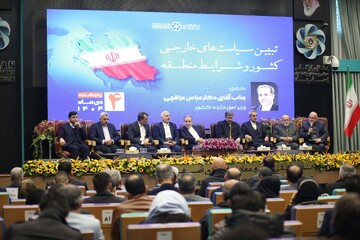
Foreign minister urges export reforms at Isfahan business forum
TEHRAN – Iran’s foreign minister called for removing domestic barriers to exports and improving trade infrastructure at a meeting with private sector representatives in Isfahan, highlighting the province’s economic capacity as a driver of the country’s economic diplomacy.
Society
-

Smart e-health using AI aims to transform healthcare system
TEHRAN – The health ministry has developed eight projects with a focus on smart e-health using artificial intelligence to realize the healthcare system transformation goal.
-

12 countries attend Intl. Conference on Signal Processing, Intelligent Systems
TEHRAN – Researchers from Iran and 12 foreign countries, namely Spain, Italy, Iceland, Australia, Mexico, China, India, England, Algeria, Denmark, Turkey, and Azerbaijan, participated in the 11th International Conference on Signal Processing and Intelligent Systems (ICSPIS 2025).
-

Iran launches first biometric system check for Afghan refugees
TEHRAN – Iran has implemented the first biometric system check for identity verification of foreign nationals, especially Afghan refugees, at the Dogharon border terminal in the city of Taibad, northeastern Khorasan Razavi province.
Tourism
-
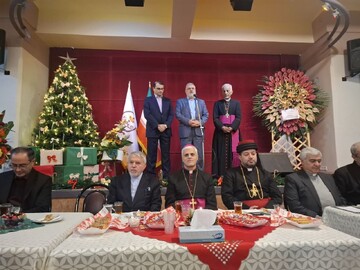
Tehran exemplifies peaceful coexistence among religions, governor-general says
TEHRAN – On the eve of the Christian New Year, Tehran Governor-General Mohammad Sadegh Motamedian visited a church in the capital, praising Iran -- and Tehran in particular -- as a model of peaceful coexistence among different religions.
-
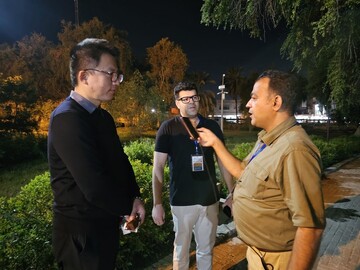
CCTV journalist highlights Khuzestan’s cultural heritage
TEHRAN – A Chinese journalist has said Iran’s southwestern province of Khuzestan has strong appeal for international audiences, citing its rich cultural heritage and diversity.
-
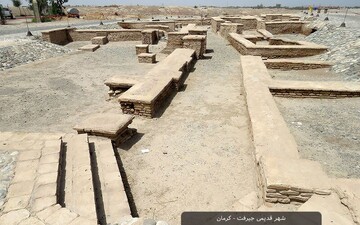
Preserving Jiroft site vital to Iran’s civilizational identity
TEHRAN – Efforts to safeguard and preserve the archaeological site of Jiroft in Kerman province are essential to protecting Iran’s civilizational identity, said Morteza Nikrou, head of the Kerman Cultural Heritage, Tourism and Handicrafts Department.
International
-

Strategic significance of Bin Zayed’s visit to Pakistan
TEHRAN - The official visit of Sheikh Mohamed bin Zayed to the Islamic Republic of Pakistan on December 26, 2025, may at first glance be interpreted as a ceremonial bilateral engagement between two countries bound by longstanding and “brotherly” relations.
-

Israel’s recognition of Somaliland: Power play or Gaza expulsion plot?
TEHRAN – Israel’s recognition of Somalia’s breakaway region of Somaliland has triggered fierce backlash across Africa, the Arab world, and beyond. At the same time, the move has brought Israel’s underlying motives into sharper focus, raising questions about regional security, international law, and the fate of Palestinians in Gaza.
-

Gradual erosion of Christian presence in post-war Syria
BEIRUT—In the aftermath of Syria’s prolonged conflict, the question facing the country’s Christian communities is no longer one of political alignment, but of survival itself.
Video Comment
-

Ayatollah Khamenei’s vision of freedom and humanity discussed in intl. conference
-

Iran hosts SCO joint anti-terror drills
-

Holy Mary Metro Station marks interfaith unity in Tehran
-

Academics analyze social dimensions of Resistance in Tehran conference
-

Culture minister highlights year of progress in arts, global image enhancement
Most Viewed
-
Strategic significance of Bin Zayed’s visit to Pakistan
-
Top officials join Iran’s Christians in celebrating Jesus’ birth
-
Former Iranian FM says Israel drives U.S. policy, calls Netanyahu main obstacle to peace
-
Iran to host trilateral naval exercise, says navy commander
-
‘We're now stronger than the 12-day war’
-
Israeli media alleges second Iranian spy arrest within a week; one suspect knew IDF chief
-
Who will tell our story?
-
Kidnapping of Lebanese officer: Growing suspicions and unanswered questions
-
IRGC intercepts smuggling tanker in Iran’s territorial waters
-
Trump’s Nigeria attack: Evangelical politics weaponized against reality
-
Enemy seeking to hit Iran hard via economic pressure: Iran FM
-
Israel’s recognition of Somaliland: Power play or Gaza expulsion plot?
-
Syria under the weight of Israel’s occupation
-
Iran exports non-oil goods worth $1.66b to Afghanistan in 8 months
-
168 Gaza doctors graduate even as Israel reduced hospitals to rubble

